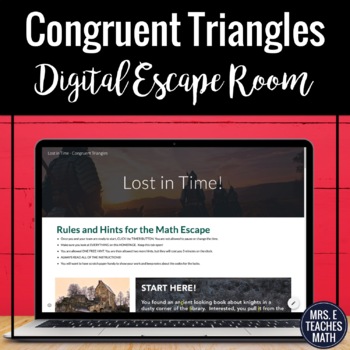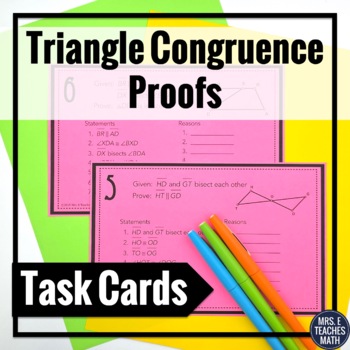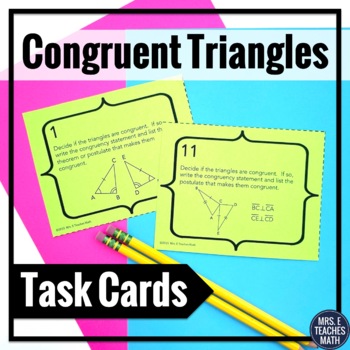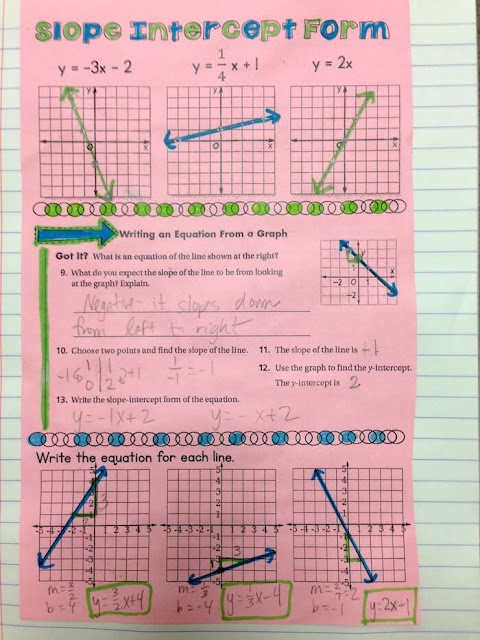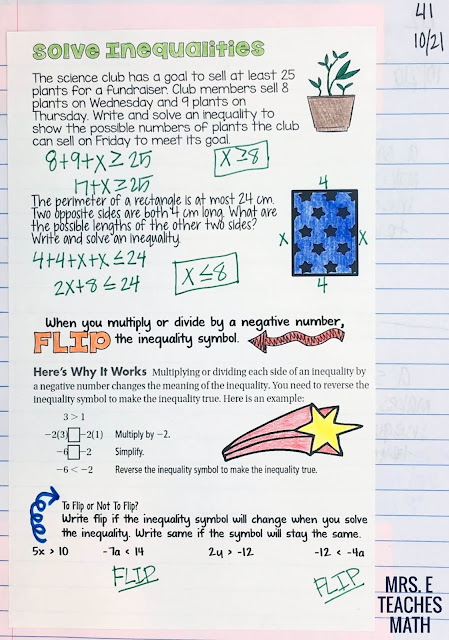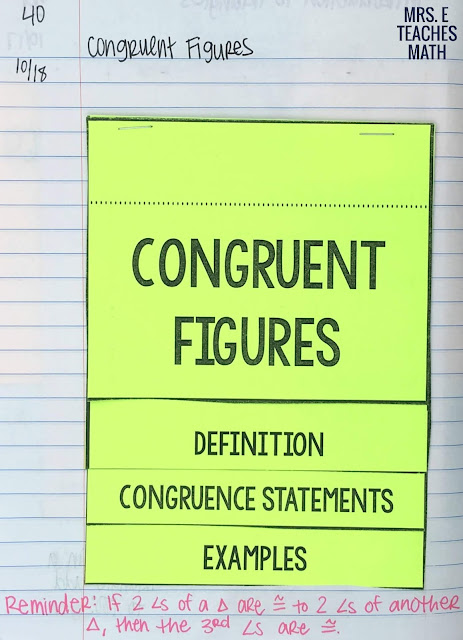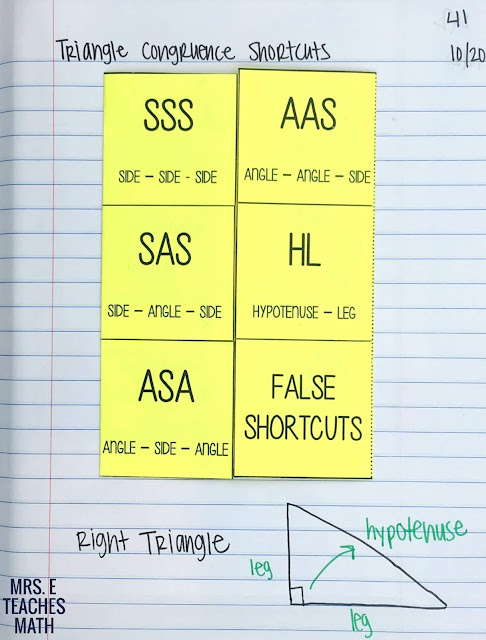I ended up loving my Introduction to Functions unit! So far, it’s been my favorite unit in Algebra 1.
The first day, I talked about domain and range and used my domain and range foldable. You can see in the picture that I had my students highlight the domain and the range in the table, mapping, and graph. Also, on the same page, I gave the definition for function and the Vertical Line Test.
Next, we did a card sort of functions and relations. After only giving them the definition on the previous page, I had them work independently. I checked in with them every two minutes or so. I wanted them to THINK. They did very well and I was impressed with their work.
The second day, I introduced function notation. I have a previous post about how I teach function notation. This function notation page corresponds with that post.
I also used this function machine hamburger book from Math=Love. We went back and forth filling in part of the hamburger book and part of the function notation sheet. Next year, I want to somehow combine the two into a more cohesive set of notes, instead of jumping around.
I had a review day after these two lessons, because I thought my students would struggle. However, when I gave them their quiz, almost every Algebra 1 student made an A! Yay!
I also have pages for writing a function rule and views of a function coming up soon.
















